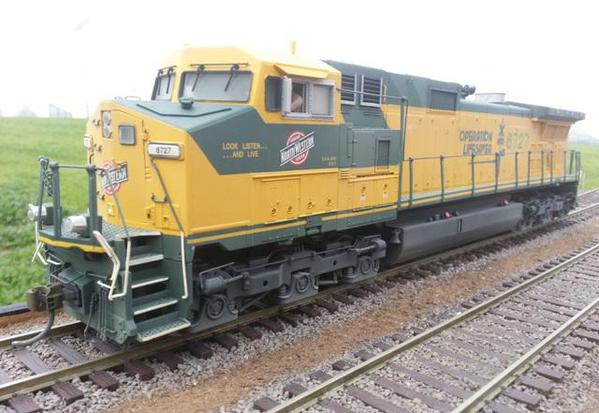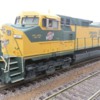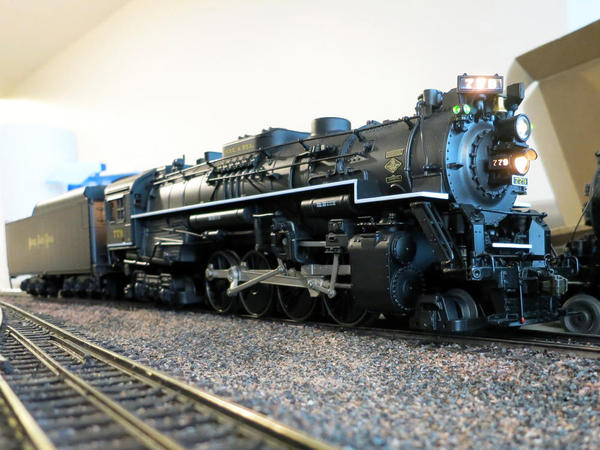When I lay curves using a single rail bender I make up a jig using a piece of 3/4" plywood with two tacked in place pieces of flex track. I use this for reassembling all the curved sections.
The boring details:
If you run an individual rail through a rail only bender such as the one Fast Tracks sells you may wish to try this idea upon reinsertion into the strip of flex ties.
This step involves the reinserting of both rails after rolling each of them through the single rail roller achieving desires curvature.
The first pre-curved rail goes back into the now empty tie strip somewhat easily. The second rail usually causes a crooked tie hangup as it snags it's way back into place.
On flat piece of clean plywood, position one assembled length of the same brand/era flex track curved to the desired finished radius & tack it in place.
Now lay tie strip with one inserted pre-curved rail next to the tacked in place assembled tie strip. Like working a giant zipper, slide the single rail tie ends into the space between the tacked in place tie ends.
Weight the single rail tie strip so there is a full flat over lapping of the tie ends.
Now position another piece of complete flex track on the opposite side of the single rail with it's tie ends also alternately zippered into the single rail tie strip.
Now you can more easily reinsert the difficult second rail because the ties can not move to pinch the returning rail.
This is a jig which you can use to reassemble most all your curves. I takes about ten minutes to make one but it ultimately saves a lot of time.
As with any roller you need to cut off from each rail end the distance between two rollers. The last 1 1/2" or so of a rolled rail will not be formed. Cut unbended rail tips and dress the ends.








